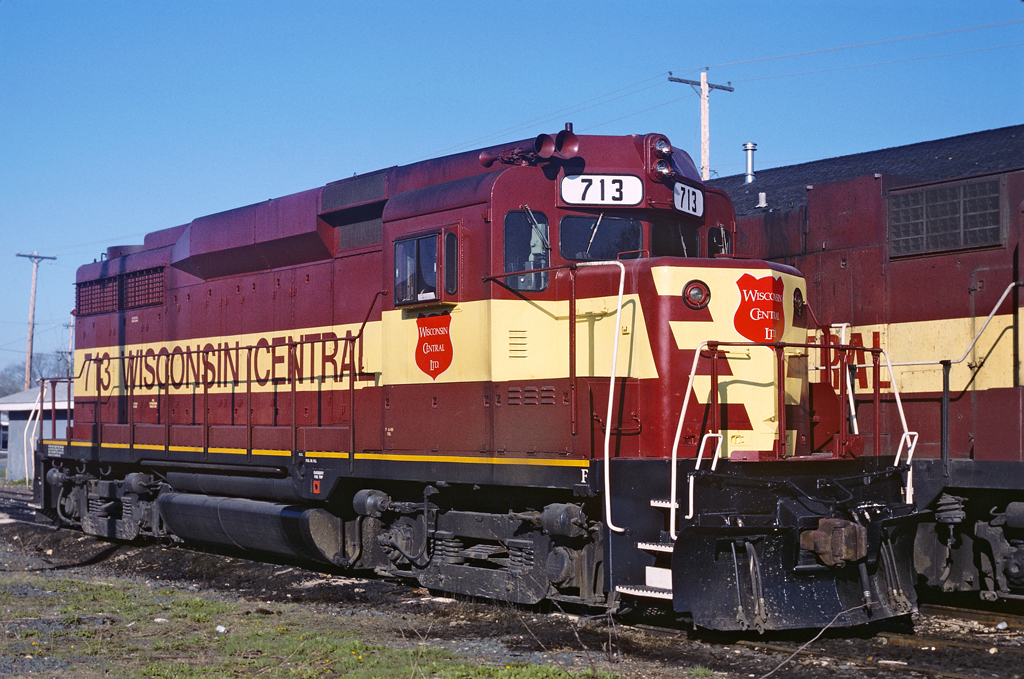
In Historic Trains Today, David Lustig tells of seven cool diesels you can visit in museums today. Here are four more examples of neat historic locomotives you can see, and in some cases, ride behind. Wisconsin Central GP30 No. 713 rests between assignments at Waukesha, Wis., on May 3, 1989. The ex-Soo Line unit rides […]
Read More…
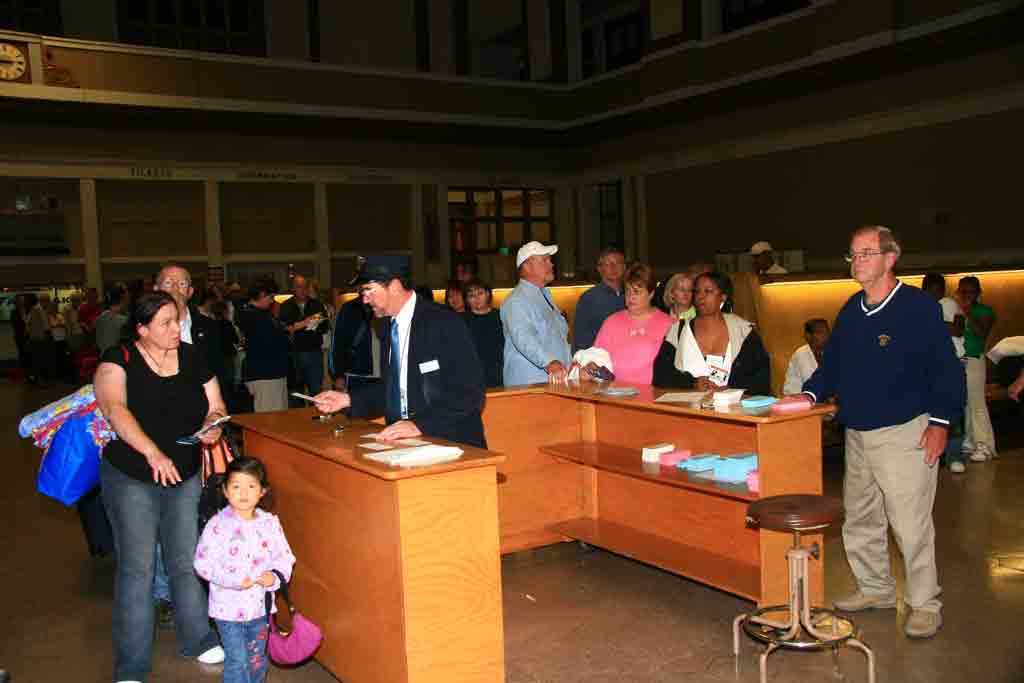
An Amtrak conductor in Denver Union Station checks in passengers heading east on the California Zephyr, Sept. 2, 2008. Bob Johnston Many Amtrak conductors and sleeping car attendants are eager to help Amtrak maximize revenue by letting coach passengers know when their train has unsold roomettes and bedrooms available. As Trains’ July 2010 Passenger column, […]
Read More…
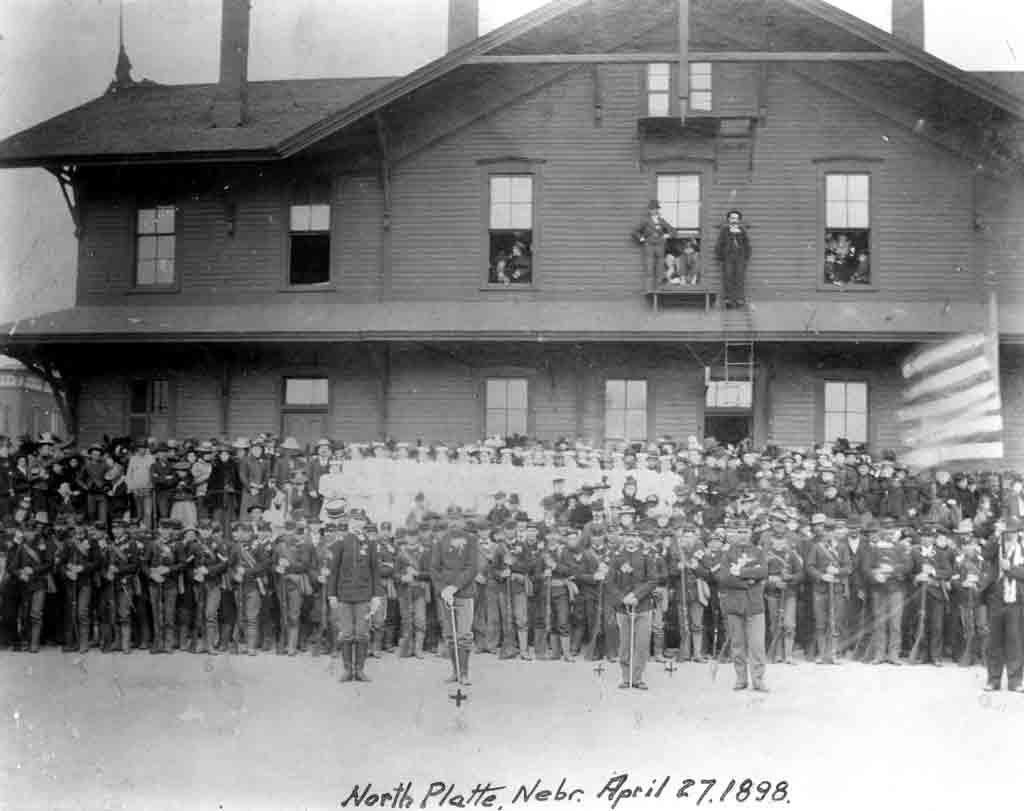
Soldiers and citizens pose in front of the Union Pacific depot in North Platte, Neb., on April 27, 1898. Union Pacific Museum Before there was a burning man festival, North Platte threw the biggest party in the West, when Union Pacific tracklayers made a winter camp with miners, traders, Mormon emigrants, and stagecoach drivers in […]
Read More…
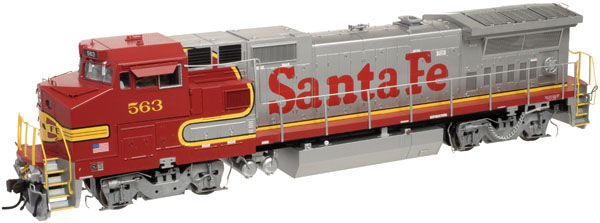
Atlas Model Railroad Co. HO scale General Electric Dash 8-40B, 8-40BW and 8-32BWH diesel locomotives HO scale locomotives General Electric Dash 8-40B, 8-40BW and 8-32BWH diesel locomotives. Dash 8-40B: New paint schemes: CSX (YN3 paint scheme) and Seminole Gulf; new road numbers: BC Rail (three road numbers) and Southern Pacific. Dash 8-40BW: New paint schemes: […]
Read More…
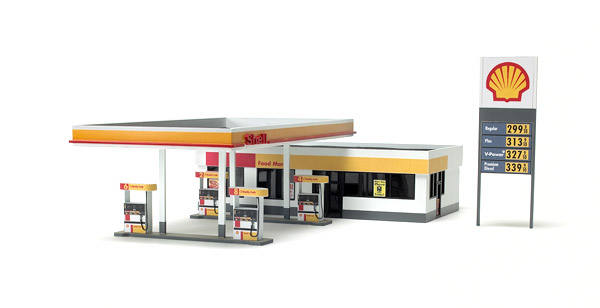
Summit USA HO scale Shell gas station Price: $99.95 ManufacturerSummit USA, LLC512 Ford St.Lake Charles, LA 70601www.summit-customcuts.com Era: modern Comments: This contemporary Shell gas station is the latest HO scale offering from Summit USA. The laser-milled styrene kit uses black and white styrene components and includes clear window glazing and peel-and-stick signs. The structure measures […]
Read More…
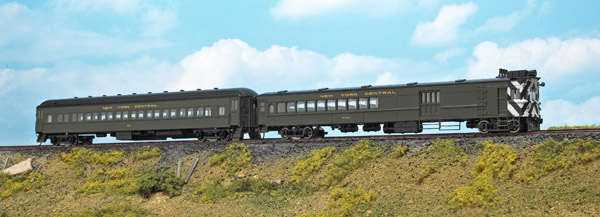
Bachmann HO scale motor car Do you want to run passenger trains on your HO layout, but don’t have room for even a short train of four or five heavyweight cars? This HO scale gas-electric motor car is a convenient way to add passenger service to a modest-size layout. The Bachmann Spectrum Series model is […]
Read More…
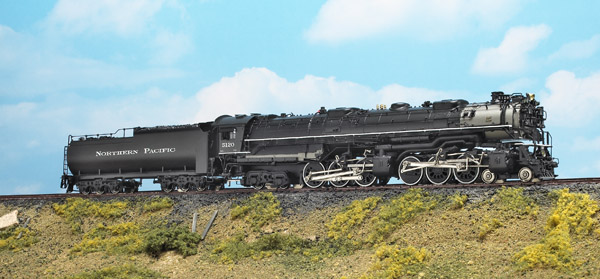
Sunset Models HO scale HO scale 4-6-6-4 class Z-6 steam locomotive Loaded with accurate detail parts and available with a dual-mode Digital Command Control (DCC) decoder, this HO scale class Z-6 is a great looking and sounding model of one of the Northern Pacific Ry.’s first Challengers. The brass model from Sunset Models is available […]
Read More…
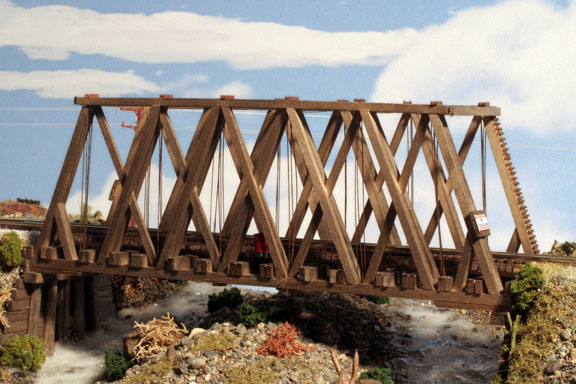
Just when you think things can’t get any better, they do! Allow me to back up just a bit. One aspect of our hobby that I really enjoy is building all kinds of bridges. Big bridges, small bridges, wood, metal or “other” construction all get my attention. I’m always on the lookout for new bridge […]
Read More…
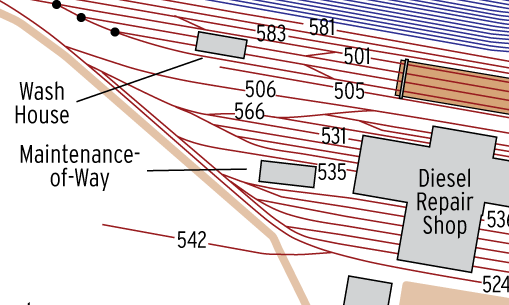
Dan Czech clearly remembers the first time he laid eyes on Union Pacific’s Bailey Yard. “I flew out here at night. I looked out the window and said, ‘That must be the city of North Platte.’ They said, ‘No, that’s the rail yard.’” The young terminal manager, who once taught Navy SEALs how to parachute, […]
Read More…
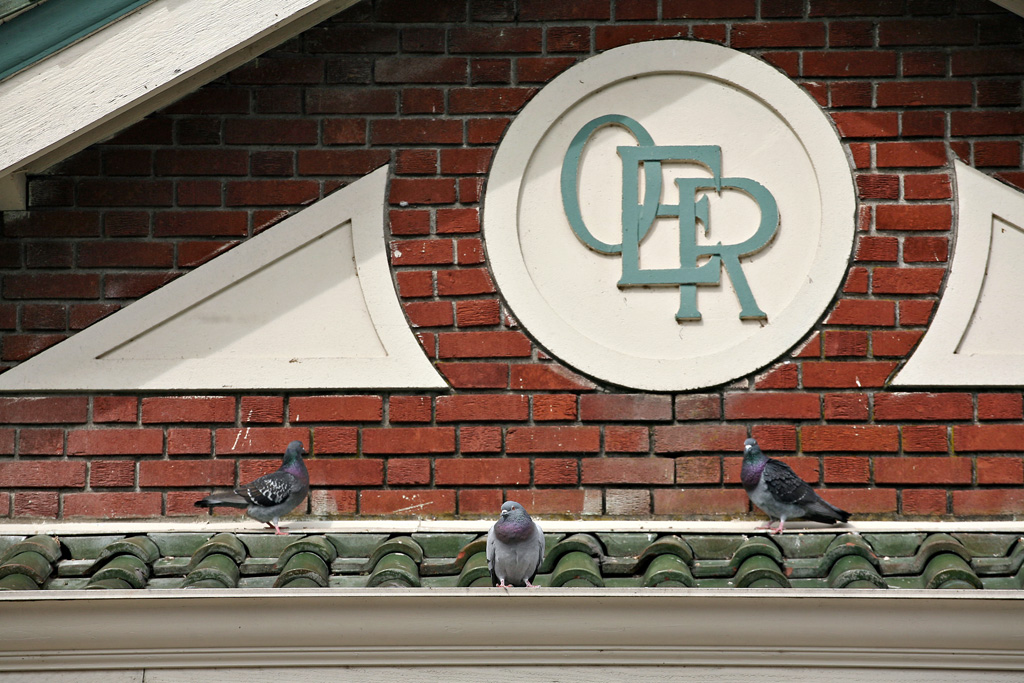
Preservation of former railroad stations takes many forms, from visitor centers and museums to offices and restaurants. Ciddici’s Pizza of Albany, Oregon, retains most of the original exterior features of the Oregon Electric structure, especially the “OER” logo. Scott Lothes The locomotive John Bull, donated by the Pennsylvania Railroad in 1884, was the Smithsonian Institution’s […]
Read More…

AS THE PAGES OF CLASSIC TOY TRAINS HAVE DOCUMENTED, Atlas O’s Trainman line is that company’s range of affordable trains with O scale dimensions. What this means is that you have a scale-sized model, but some of the details may be a compromise (such as cast-in grab irons instead of add-on grab irons on a […]
Read More…
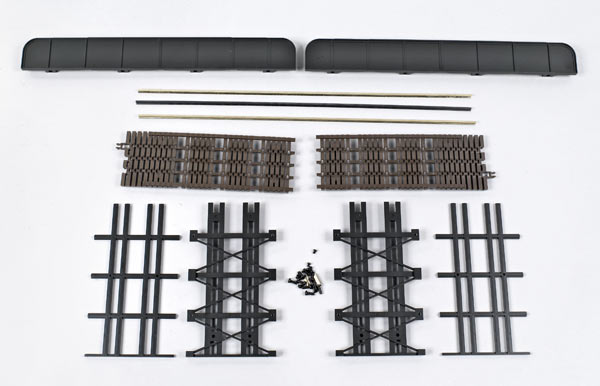
IN A VERY BROAD GENERALIZATION, I’d have to say that everyone has installed some sort of girder bridge on their layout. Whether it was a store-bought job or just some thin wood trimmed and modified to look like steel plate, the girder bridge is as ubiquitous on an O gauge layout, as say, a water […]
Read More…












